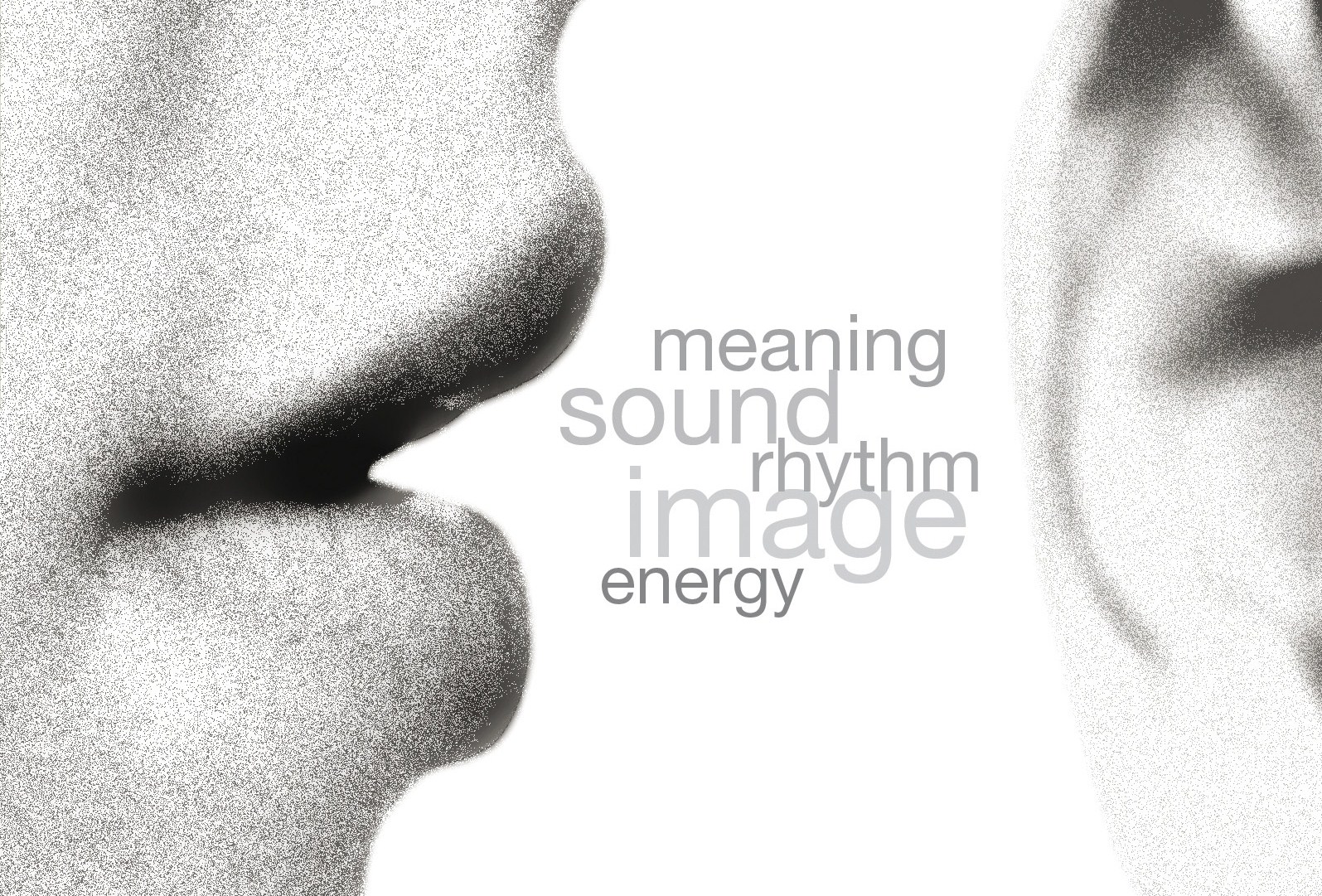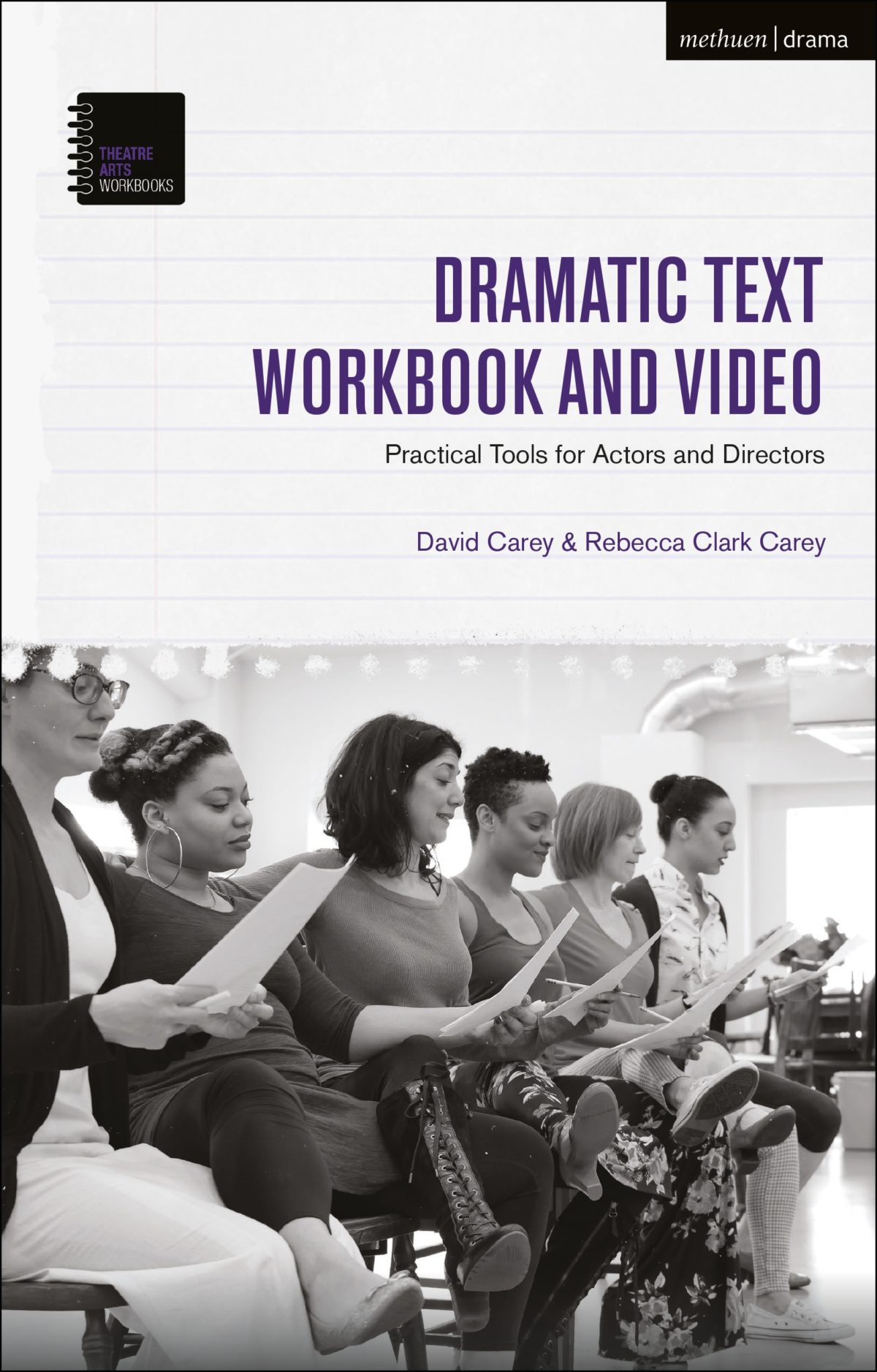Reviews
‘David and Rebecca’s exercises take the actor right to the very centre of the texts, bringing clarity not only through developing precise speech but by showing how dramatic language communicates thought and ideas.’ Jeannette Nelson, Head of Voice, Royal National Theatre, from the Foreword.
‘I have had the privilege of being in rehearsal with Rebecca and/or David Carey for 25 years. This book proves why I never want to work on a play without one of them by my side: they profoundly understand that language is the key to unlock the heart of any drama.’ Bill Rauch, Artistic Director, Perelman Performing Arts Center at the World Trade Center, USA.
‘[This] is a must have for the voice practitioner, text coach, actor or director. It should easily take its place with the other canonical texts written about the expressive power of language on the stage.’ Review of the first edition, The Verbal Arts Workbook, by Rena Cook, Voice and Speech Review.
‘Working with David and Rebecca Carey during my three years training at RADA unequivocally changed me as an actor. I developed strength, expressiveness and confidence with my voice, and the techniques I took away have been applied on every dramatic text I’ve worked on since.’ Asif Khan, actor and writer.
Contents
The Dramatic Text Workbook explores the expressive potential of language, and how actors, directors and drama students can develop the skills to release that potential in rehearsal and performance. Acclaimed voice teachers David and Rebecca Carey show how to bring together the power of language with voice and provide practical approaches to each aspect of verbal expression with the aid of classical and modern scenes and speeches.
The book covers the following:
Chapter 1 – Sound. When we speak, we use sounds to convey meaning. This chapter guides you through an exploration of the expressive potential of speech sounds and patterns of sound so that you can communicate with more power and muscularity.
Chapter 2 – Image. Language works on the imagination of the listener through images, inviting them to ‘see’ things that aren’t there and share the experiences of the speaker. This chapter helps you to make literal and evocative images vivid and specific in your own imagination and for your audience.
Chapter 3 – Sense. This chapter focuses on clarity – how to shape complex language, bring out the most important words, carry the energy of the thought to its conclusion, and most importantly, speak with the confidence that comes with mastering the meaning of your text.
Chapter 4 – Rhythm. Rhythm is one of the most powerful aspects of spoken language. Character, emotional state, intention and intensity are all manifest through rhythm. This chapter explores how rhythm is created and used in both verse and prose.
Chapter 5 – Argument. This chapter looks at how we use languge to get what we want through an investigation of builds, contrasts, and the emotional logic behind the choosing of words. It will show you how text work and acting go hand in hand to create fresh, powerful performances.
Chapter 6 – Putting It All Together. Here we show how the principles of sound, image, sense, rhythm and arguement that we have discussed can be applied to the preparation of two scenes.
Appendices provide a sample curriculum for a two-semester or three-term course, and a model for a vocal work out.
Each chapter consists of an introductory Framework; Explorations to begin practical investigation; Exercises; Follow Up questions and activities to encourage reflective practice; and Further Reading.
Also included in each chapter is an extensive Suggested Texts section which references 5-8 speeches for use with each exercise. These texts are drawn from classical and contemporary plays in a variety of styles and from a variety of English-speaking cultures. They are a treasure trove for drama teachers, students and actors who are looking for high quality speeches to use for teaching, skill development or auditioning.

